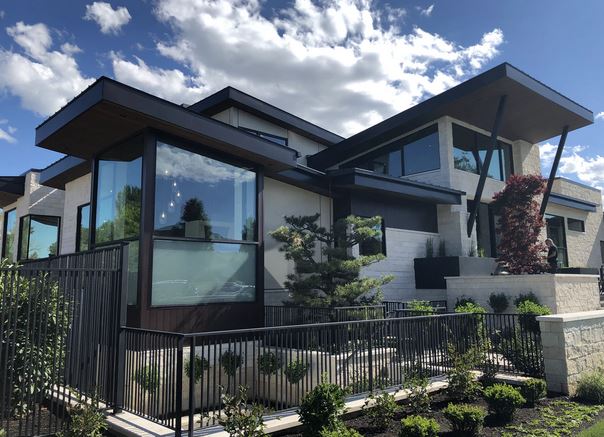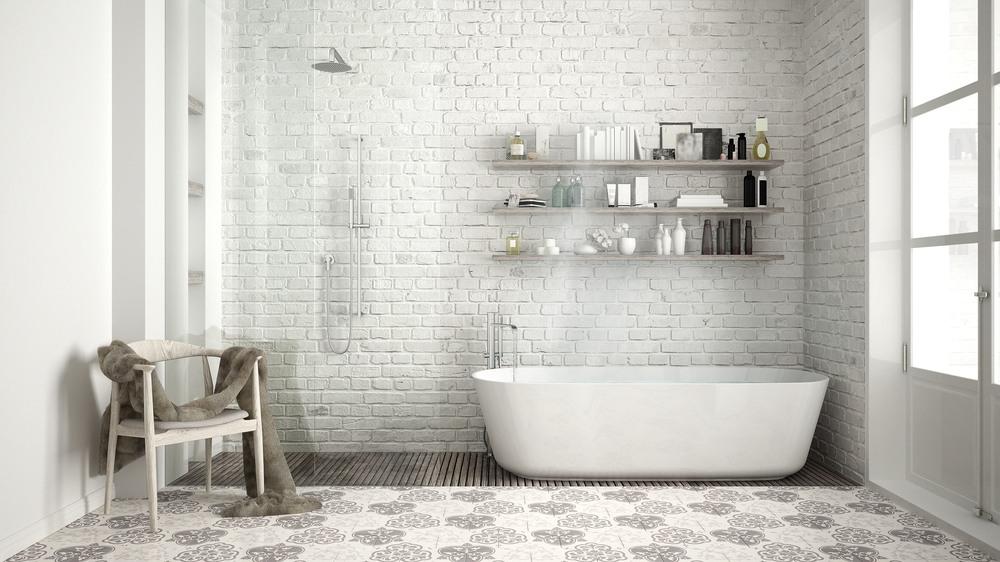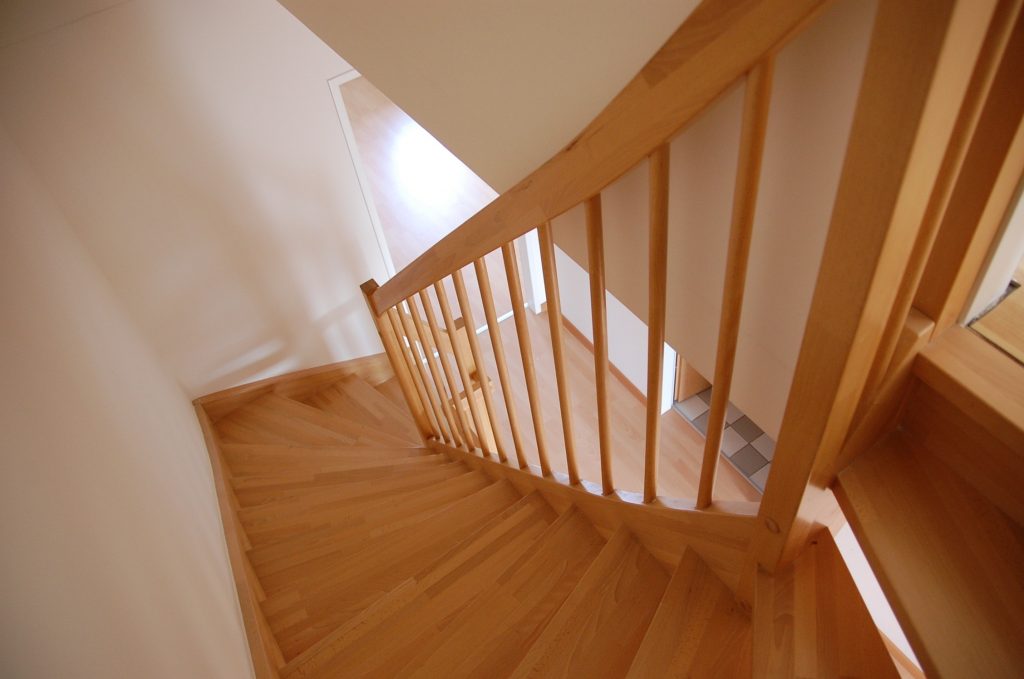The smart home industry is one of the fastest-growing markets in the world. The industry is currently valued at $83 billion. It is expected to grow to $207 billion by 2027, with a compound annual growth rate (CAGR) of 13.52%. If you don’t understand these numbers, it simply means that many Americans are getting themselves smart homes to better their lives. This particular innovation in homes is changing how every American family lives their lives. But how do smart homes do that? And how are they getting better?
Smart Homes
Smart homes are homes that have integrated smart devices within them. It’s a convenient home set-up where homeowners can control their home’s different functions with a single push of a button. Additionally, smart homes can monitor each room and make sure that each process is working as intended. This includes the HVAC system, the electric wiring, and the thermostat. A smart device monitoring your home’s functions means that you no longer have to do it manually. You receive information from your smartphone or your tab all in real-time. It sounds like the home of the future, doesn’t it? Well, it gets even better.
Evolving Homes
Ultimately, because smart devices are integrated with machine-learning or artificial intelligence (AI), they learn from your inputs. Since they watch over you in your own home, they know where you go, what devices you use often, and how you use them. From this, they can make their own strings of functions that you don’t need to set up manually. The devices can do it for you. Take, for example, Nest’s thermostat. The Nest Thermostat knows the places you often visit in your home. Without manually arranging its functions, it simply identifies the rooms you visit and changes those rooms’ temperature accordingly.
Moreover, because of AI, smart home healthcare systems are even more intelligent. Some smart home systems can watch over elderlies as efficiently as nurses. They might not be able to administer certain emergency functions. Still, they can warn you or call the necessary healthcare professionals in case of emergencies. Smart devices are even capable of diagnosing certain illnesses as accurately as doctors. If you think this is already great, well, there’s more because robots are also making their way into smart homes.
Smart and Robotic

The homes we’ve seen in sci-fi movies of the past have now come into reality: robots moving around people’s homes, cleaning and doing chores, and robots cooking and watching over their human masters. All of these are now possible through smart home integration. Robots such as LG’s CLOi and Trifo’s Lucy are all capable of cleaning your home with extreme efficiency.
LG’s CLOi may look like a moving heater in your home, but what it actually does is eradicate viruses and germs from your home using its ultraviolet light. The robot does this function automatically and cleans your home from intruders that you can’t see. It’s beneficial in protecting your family from the pandemic we are experiencing today.
On the other hand, Trifo’s Lucy is a cute robot vacuum that makes its rounds cleaning your home. It identifies particular dirty places in your home and cleans those places with the same efficiency as a human being. It’s small and compact, which means you can also bring it anywhere you want it to clean.
Additionally, Lucy has some security functions as well. Because it already patrols your home through cleaning, its motion sensors can alert you if intruders have entered your home. It’s a multi-purpose robot that can do almost everything.
You are now aware of the future of smart homes and what they can do. The question now is it worth renovating into a smart home? The answer is yes—an astounding yes.
Renovating to a Better Home
Constructing or renovating your home into a smart home isn’t that hard! If you have experience with construction and renovation, you can renovate your home into a smart home quite easily. If you don’t have experience or want someone else to do it for you, you can always hire a contractor for the renovation. In some situations, smart devices are so easy to install that you wouldn’t need any experience or contractor to do the job. For example, Wi-Fi meshes are so easy to set-up that all you need to do is plug one into your router, download the app, plug the other meshes around your home, and then let the app do the work for you.
Additionally, the smart devices you need aren’t all that expensive. If you’re looking for just the baseline functions of smart homes, it’s only going to cost you between $300 to $600, depending on the functions you choose. Smarter homes like the ones with automated systems and robots can cost up to $1200. Still, considering the convenience you can get out of it, it’s worth the price.
Renovating to a smart home is a way to innovate and improve your home. Just as we have stated earlier, it adds a new layer of convenience to your life. Imagine this: you’re sitting in the living room with the sun shining on your face, you grab the remote and turn on your motorized window coverings.
Alongside it, the HVAC system goes online, cooling the room while covering you from the harsh sun, with only just a push of a button. This level of convenience has never been achieved before, but now because of smart homes, we’ve gained new levels of comfort and more.




